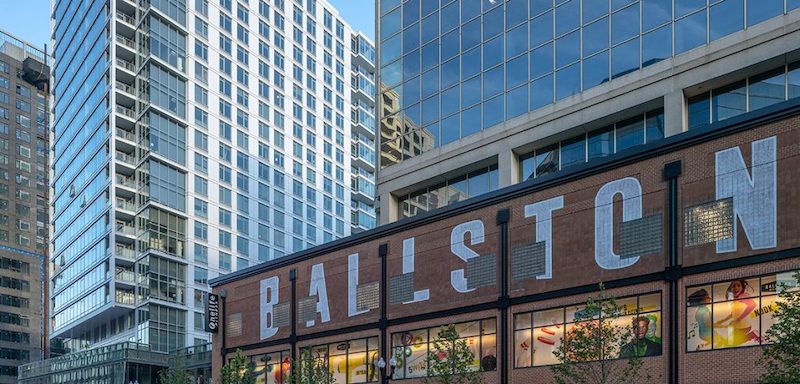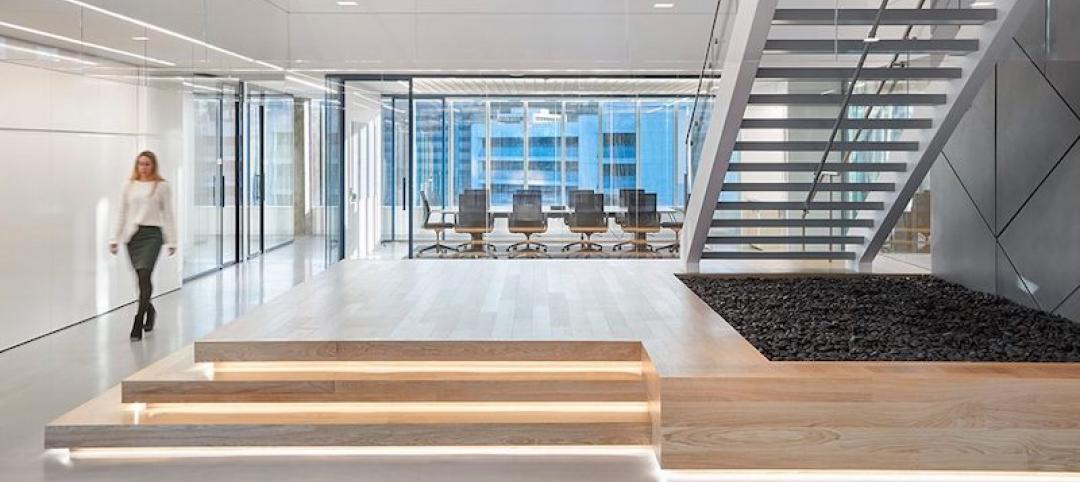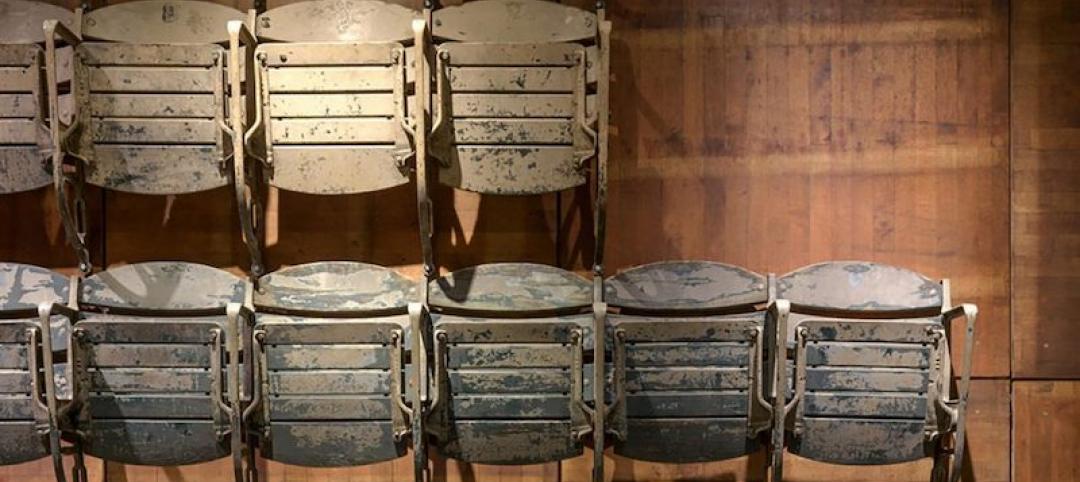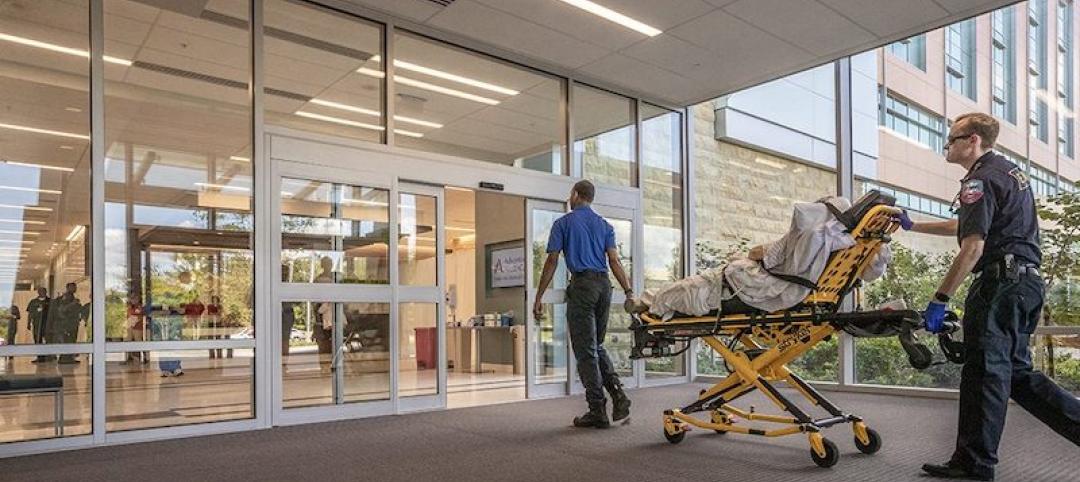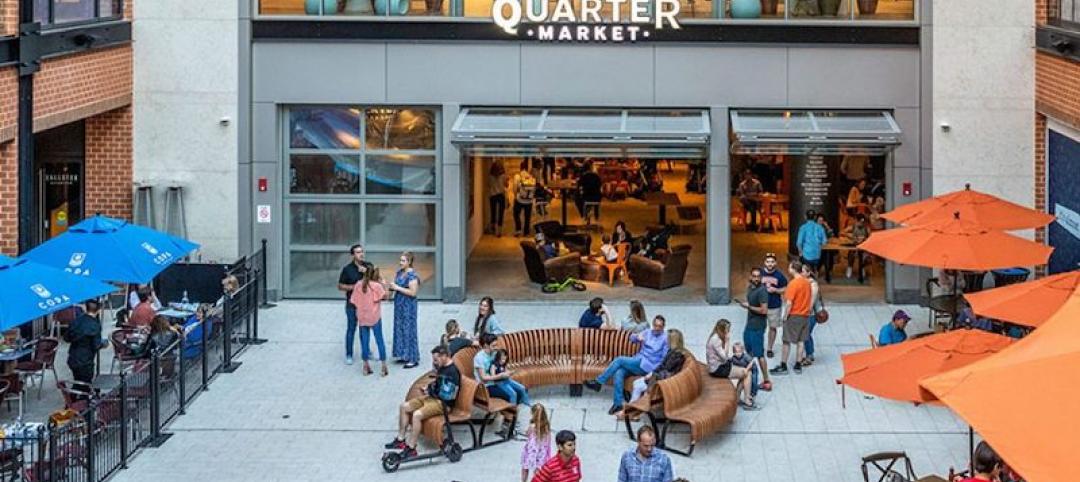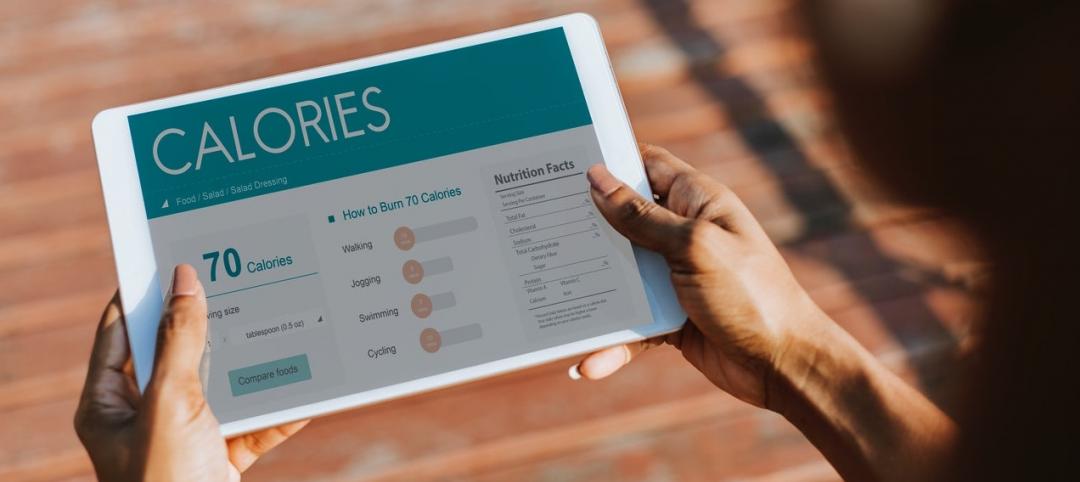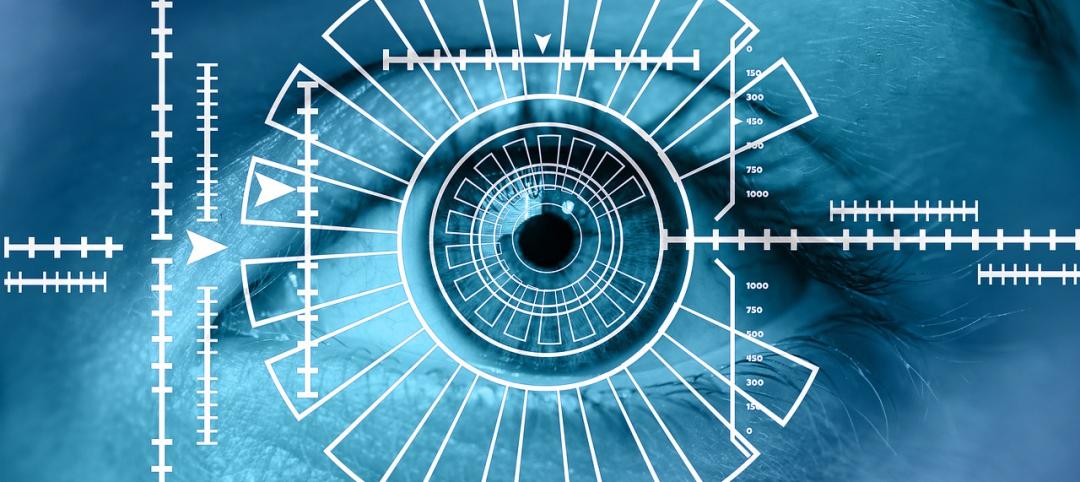When we talk about retail and shopping malls in 2019, the words “struggling,” and even “apocalypse” come to mind. The truth is that the American mall is not dead. In fact, the most successful malls are hotter than ever with higher revenues than ever. It’s the ones sitting in the middle, the middling malls of America, that are struggling to find their way forward. This is particularly true in suburban markets where changing consumer preferences and free next-day delivery have conspired to kill off any mall without a major following.
So what are these middling malls of America to do? Refresh, adapt, rethink and turn to the experts for advice on the following five steps. Looking to highly successful projects like Ballston Quarter can provide a template for mall owners, developers and architects.
Step 1: Know Your History
There isn’t a one-size-fits-all solution that will work for every struggling mall. That kind of thinking, that every community needed a cookie-cutter shopping center, is what led to the US being over-retailed in the first place. Instead, it’s crucial to understand the past and present of a shopping center and the surrounding community so we can use design to create a better future.
Ballston Quarter was originally the Parkington Shopping Center, opening in the 50s in the suburbs of Washington, DC. As the region grew, the owners updated the shopping center, adding new anchors and tenants, but it was still a traditional mall in a semi-urban environment.
Fast forward to the 2000s and the mall (then Ballston Common) was struggling to fit into its new urban context—in the intervening years, Ballston had gone from a quiet suburb to an urban center with offices, hotels and a lot of apartment buildings housing single 20- and 30-somethings. The movie theater, drug store and the food court were still driving some traffic but it was too late to just add new tenants; the mall needed a complete overhaul.
Step 2: Plan Around What Works
Every shopping center has something that’s working, otherwise it would have succumbed to the “retail apocalypse” long ago. The trick is to figure out what’s working, hold onto it, and get rid of everything else.
Despite the need for a change, Ballston Quarter had a number of things going for it that needed to stay in place. The movie theater, food court, ice rink, drug store and other everyday amenities were still widely used by the community. It was also used as a cut-through for commuters walking to public transit, which in turn increased traffic to the coffee shop and bakery.
Our phased plan was designed to keep as much of these successful elements open throughout construction, even as we turned a fully enclosed space into an open-air community space by ripping the roof off. In fact, one of the reasons we were selected to design the new mall was our solution to keep much of the existing building and community connections in tact rather than knock it all down and start from scratch.
Step 3: Design for Demographics
Architecture is a crucial part of what makes a shopping center a place people actually want to go, but design in a broader sense is even more important. Even though some locals questioned why the Ballston mall hadn’t been renovated years ago, the neighborhood demographics didn’t support it; even five or six years ago, people still went into DC or even to nearby Clarendon for entertainment. Now, the community is bustling and it’s more about real estate momentum than just median income.
To support all these new residents, we gave the community public space that adjoined to the surrounding streets; we provided open-air pedestrian walkways; and we designed everything to be part of the existing urban fabric.
Flexible spaces are also key to success, giving mall owners options when it comes to pop-ups and a revolving calendar of events that keep people coming back for more.
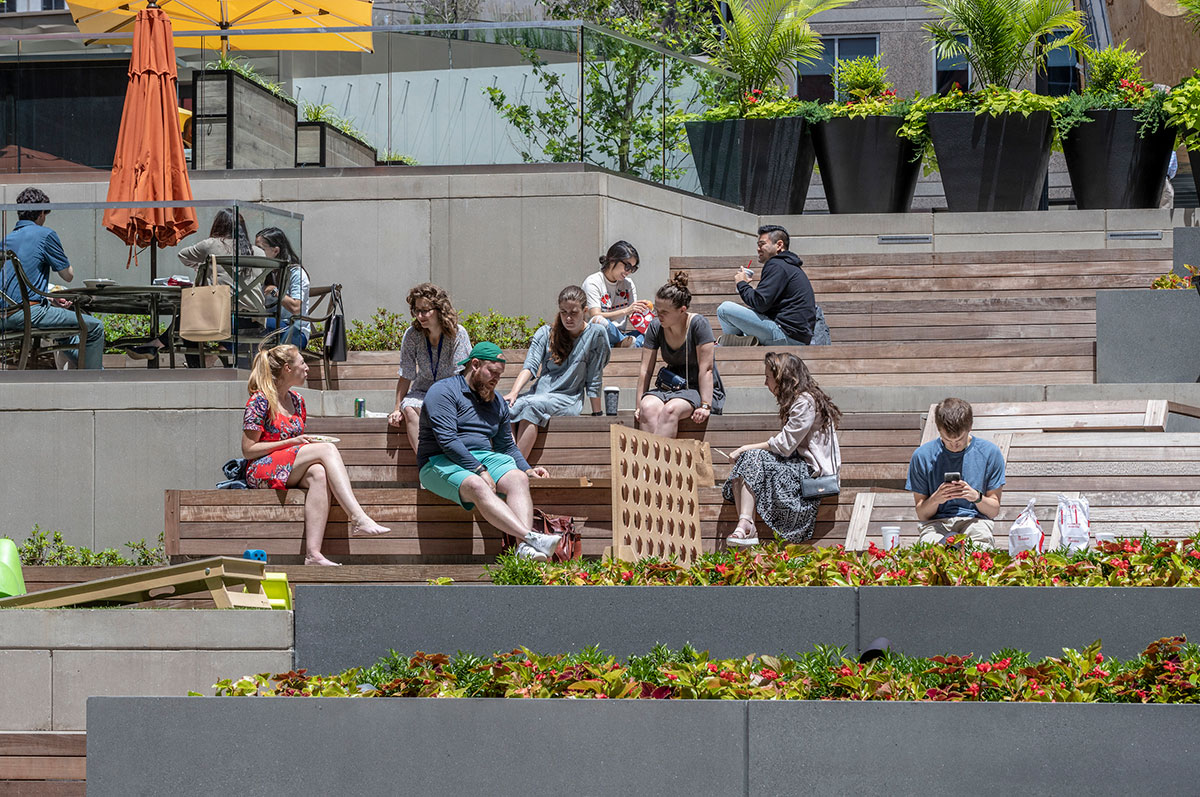
Step 4: Get the Right Mix
Every community needs and wants a different mix of anchors, amenities and flexible spaces. Getting it wrong means either another expensive overhaul or, worse, market failure. Demographic analytics and research are the first step in making the right choices.
Ballston Quarter leans into the young, urban market with a food hall full of artisanal options and innovative entertainment anchors like Punchbowl Social, while also encouraging families to visit with community events and kids’ play areas.
In general, community demographics have to support the selection of retailers and restaurants, but it also makes sense to look at the bigger picture. Often, a community that can support a mall also needs a mix of residential, office and hospitality. Projects like Ballston Quarter and Tysons Corner are ultimately successful because they cross categories—they are transit-oriented developments, they have Class A office space, luxury residential, high-end hotels and community spaces that host all kinds of events that make people who live nearby want to come back again and again.
Step 5: Bask in the Glory, then keep moving
The equally frustrating and brilliant thing about retail and mixed-use developments is that they’re always changing. Once a shopping center finds a formula that works, there’s no resting on your laurels—developers, designers and marketing teams have to constantly innovate and stay flexible, bringing in new tenants, events, pop-ups, and measuring everything from foot traffic to revenue to community satisfaction in real time. In the end, the only real way to save the American Mall is to constantly evolve, incorporate bold new design and maintain what works for each individual community.
More from Author
CallisonRTKL | Dec 20, 2021
Digital nomads are influencing design
As our spaces continue to adapt to our future needs, we’ll likely see more collaborative, communal zones where people can relax, shop, and work.
CallisonRTKL | Jun 30, 2020
The great reset and our new work life
As many countries begin to return to the office, it’s a chance to ask ourselves: what do we truly value?
CallisonRTKL | May 4, 2020
How working from home is influencing design
The lessons learned in the next few months can help shape how we work and design in the future. For now, remote work is different – and our new normal.
CallisonRTKL | Feb 26, 2020
Sustainability in a material world
The concepts of embodied carbon, zero waste, and deconstruction and reuse often run on parallel tracks.
CallisonRTKL | Jan 30, 2020
The complex dance of healthcare transitioning
Hospital employees, though excited about technological advancements, are expected to navigate a new workplace and care for their patients at the same time, all while training on new equipment and navigating a new building.
CallisonRTKL | Jan 6, 2020
Retail re-invention: Five questions to ask
Why have some malls survived their long-predicted demise, thriving and bumping with new generations of shoppers, while others have been relegated to the ash heap of deadmalls.com?
CallisonRTKL | May 29, 2019
Smart buildings can optimize wellness
Employees want wellness initiatives built into their work experience, especially when they’re in spaces that can leave them feeling stiff, stressed, and sick.
CallisonRTKL | Apr 5, 2019
2019 trends in the workplace
From retention and career advancement to the ethics of inclusion and diversity, these five trends will play a major role this year in design, strategic planning and workplace development.
CallisonRTKL | Jan 28, 2019
9 tech trends to track in 2019
Innovations in voice recognition, cognitive neuroscience, and biometrics are among the trending tech topics for 2019, according to CallisonRTKL's Kristin Tilley.
CallisonRTKL | Dec 3, 2018
Biotrack your shop
Sabrina Hilfer, a specialty retail designer, talks about the integration of biometrics in the retailscape.

